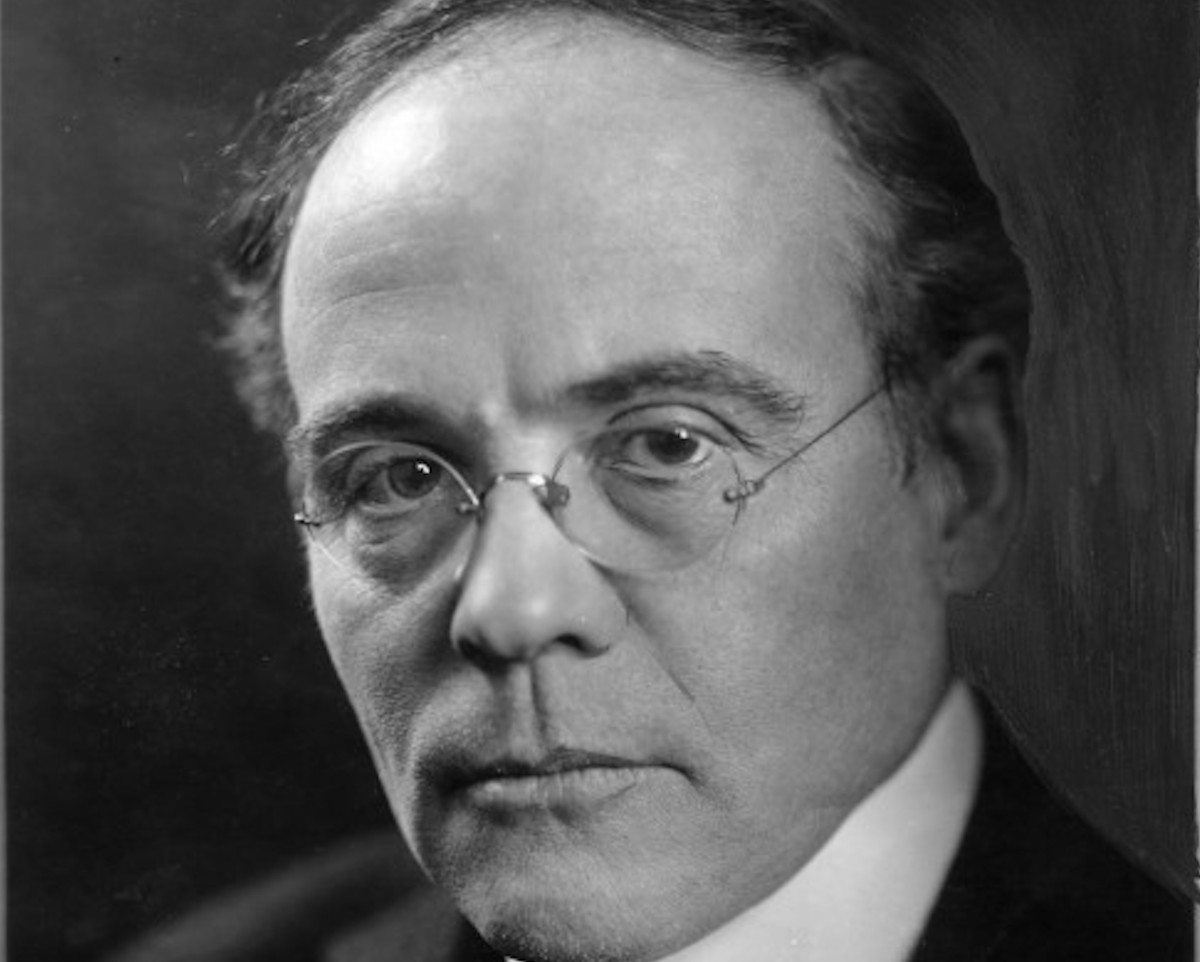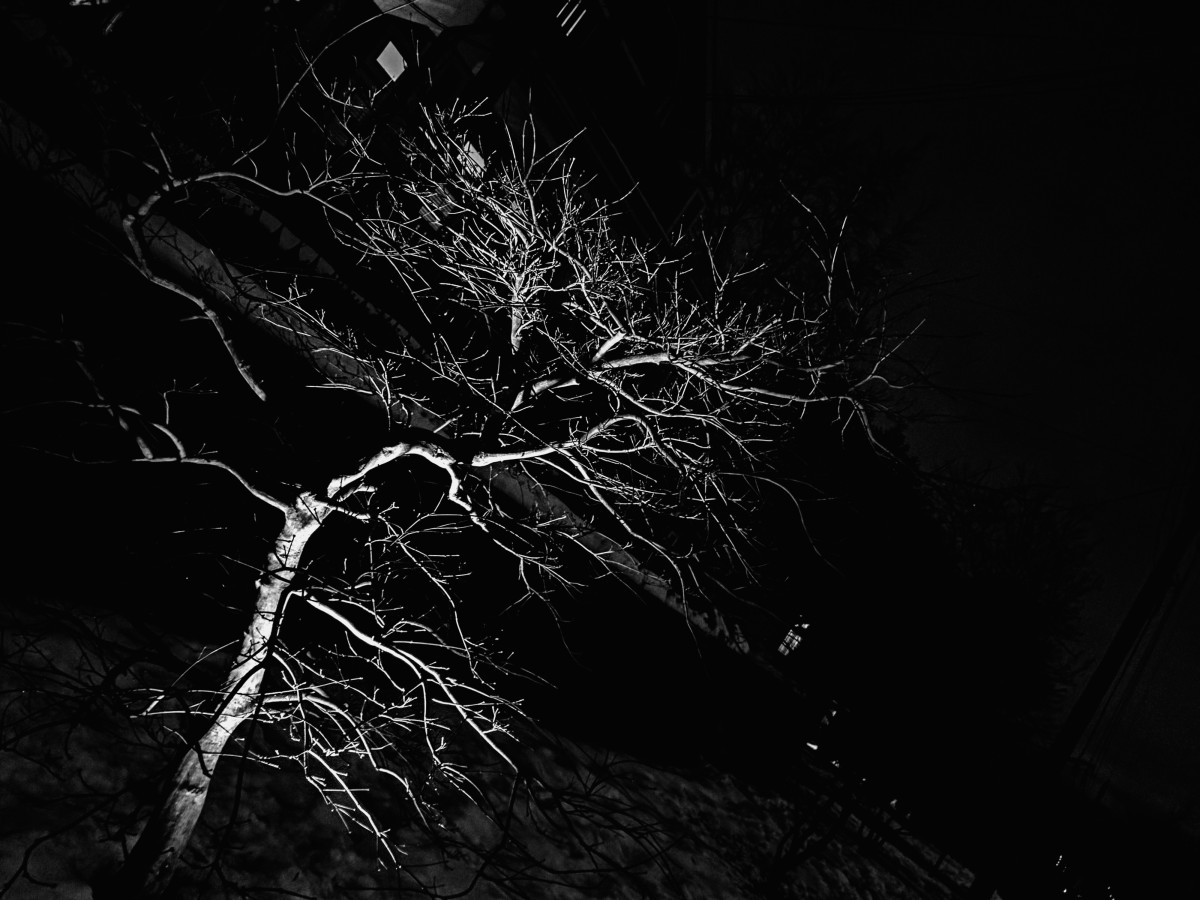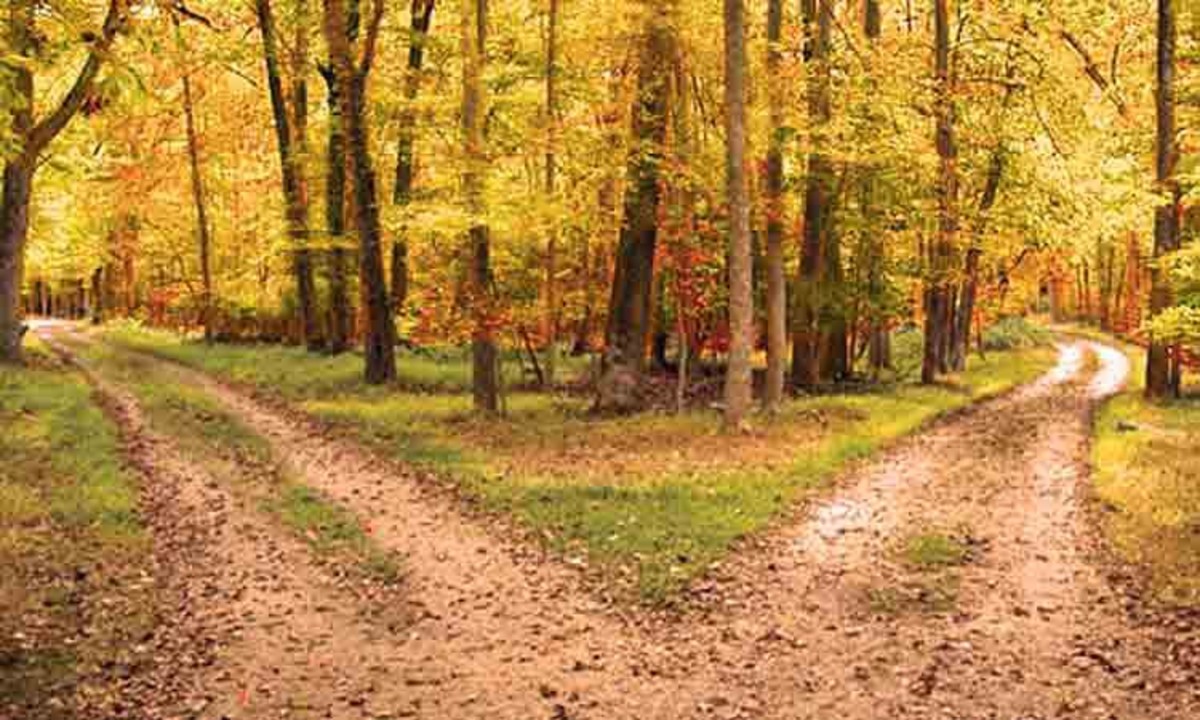Paramahansa Yogananda's "Two Black Eyes"
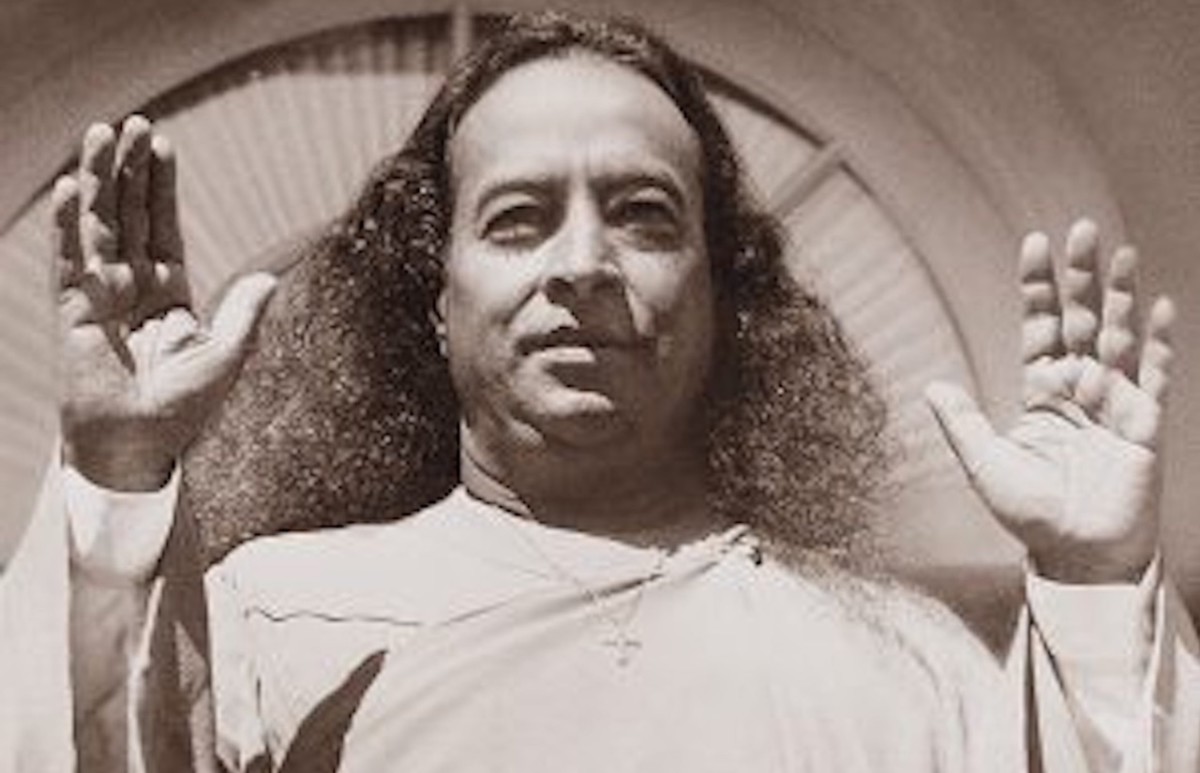
Introduction and Excerpt from "Two Black Eyes"
In Paramahansa Yogananda's spiritual classic, Autobiography of a Yogi, the great guru avers: "I loved Mother as my dearest friend on earth. Her solacing black eyes had been my refuge in the trifling tragedies of childhood."
But at the tender age of eleven years, the little boy, known then as Mukunda Lal Ghosh, lost those two black solacing eyes when his mother's soul unexpectedly left its physical encasement.
The young Mukunda deeply loved his father, his three brothers, and four sisters, but the loss of his mother was a crushing blow; he asserts, "Years passed before any reconciliation entered my heart. Storming the very gates of heaven, my cries at last summoned the Divine Mother."
That poignant image of "two black eyes" becomes a symbol for loving protection, and the importance of that image for the yogi/poet is displayed repeatedly throughout his written works, especially throughout his creative writing, but also from time to time, he invokes that image in his philosophical writings.
Excerpt from "Two Black Eyes"
When my brother or my teacher
Stormed at me,
In the haven of my mother’s two black eyes
I found my retreat.
She died —
And I cried —
And I sought those lost two eyes everywhere.
I searched in the stars,
Until, bedimmed by my tears,
They twinkled black eyes everywhere.
(Please note: This poem appears in Paramahansa Yogananda's Songs of the Soul, published by Self-Realization Fellowship, Los Angeles, CA, 1983 and 2014 printings. A slightly different version of this commentary appears in my publication titled Commentaries on Paramahansa Yogananda’s Songs of the Soul.)
Commentary on "Two Black Eyes"
The symbolic importance of "two black eyes" in the literary works of Paramahansa Yogananda cannot be overstated.
They became his guiding force while he was still a child, and that force motivated him to seek the Ultimate Reality, the Mother of the Cosmos, and in so doing, he became the great guru capable of leading others to finding their own equivalent for which that symbol stands.
It remains no less remarkable that Paramahansaji himself possessed two black eyes, giving the same comfort to his devotees that his mother’s eyes gave to him.
First Movement: A Storm-Tossed World
Paramahansa Yogananda's poem, "Two Black Eyes," begins with a storm-tossed world which, nevertheless, offered a safe harbor of security and comfort for the speaker’s young soul.
After disagreements with his siblings or teachers, the young lad could withdraw into the welcoming arms of his mother, whose eyes became for him a symbol of unconditional love and safety.
The mother's loving strength and kindness healed the lad of the worldly wounds inflicted by others. This mother became the young boy's "haven" and "retreat" from the sharp edges that the world inflicts upon its inhabitants.
Second Movement: A Devastating Event
For any young child who depends so strongly upon a mother's guidance and protection, the sudden death of that mother is a devastating event. The speaker proclaims, "I cried." But then he began immediately "storming the gates of heaven," searching for the solace that was now so cruelly ripped out of his life.
The young lad literally looked to the heavens "in the stars," for those two black eyes that had nurtured him in his times of distress. Through his tears, he seemed to see "black eyes everywhere" twinkling in those stars.
But alas! they were not those black eyes that he had lost to cruel death. The youth had to keep searching. His little broken heart would not allow him to cease his search for those two shelters.
Third Movement: Mothering Black Eyes
The speaker reports that although many other sets of black eyes attempted to "mother" him, he could not be satisfied with them. Those generous eyes of others were not the eyes of his mother who had stolen his heart.
The speaker's love for his mother prompted him to reject the affection of others; he intuitively understood the difference between his love for his mother's "two black eyes" and the affection offered by relatives and friends who would try to stand in her stead.
Fourth Movement: Storming the Gates of Heaven
Because the speaker could find no solace in the eyes of any other human being, he continues his search for the "two black eyes" that could offer him what the needed. Thus after he had searched and stormed the gates of heaven, the young lad finally contacts his "Divine Mother."
In attracting his Divine Mother, he intuits that he has also discovered his shelter of the original mother-love that guided him and guarded him in his turbulent childhood.
The Divine Mother offers not only that long-lost love of those "lost two black eyes" but also the Divine Love that every soul is seeking, as She reveals to the searching young Mukunda:
It is I who have watched over thee, life after life, in the tenderness of many mothers! See in My gaze the two black eyes, the lost beautiful eyes, thou seekest! (Autobiography of a Yogi, "My Mother's Death and the Mystic Amulet")
In the shelter of unity with the Creator Divine (Divine Mother), the speaker finds his permanent haven, his everlasting retreat from the trammels of the chaotic world.
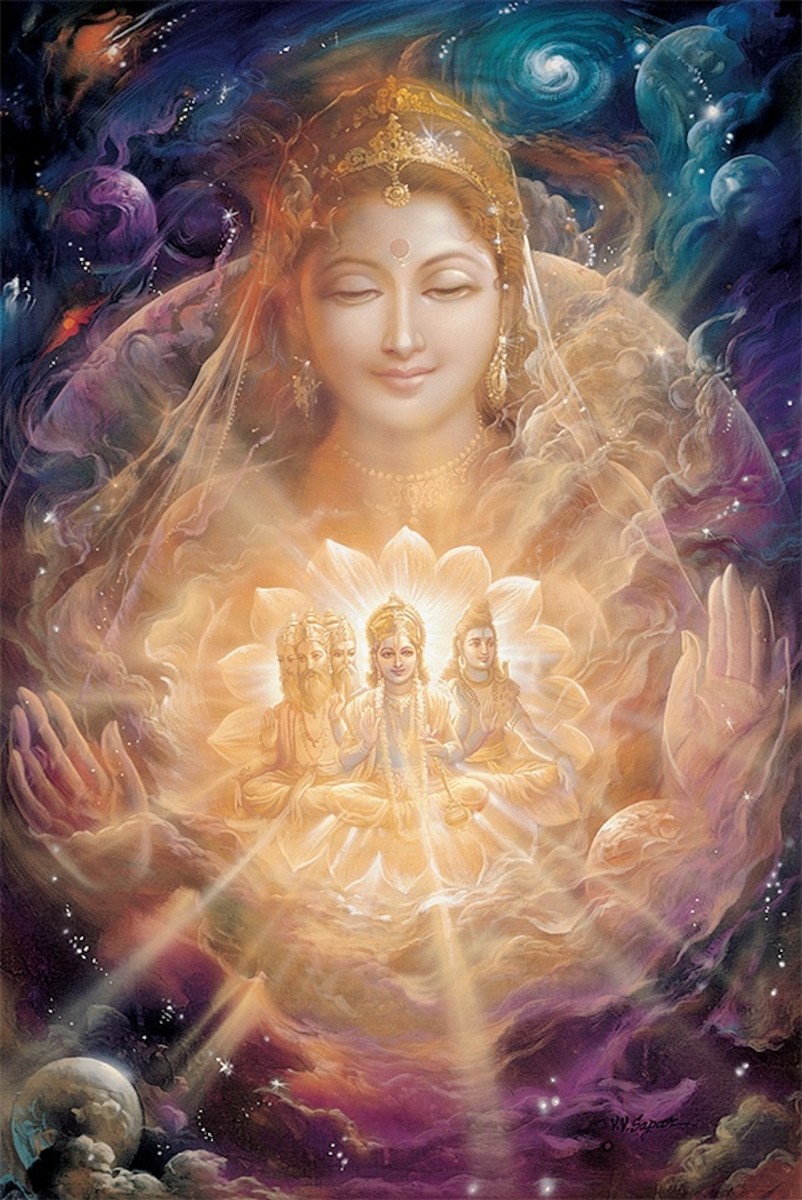
Related Paramahansa Yogananda Information
- Life Sketch of Paramahansa Yogananda: Father of Yoga in the West Paramahansa Yogananda is the monastic name of Mukunda Lal Ghosh. The sources for this brief life sketch of Paramahansa Yogananda are his Autobiography of a Yogi and the official Self-Realization Fellowship website.
Commentaries on Paramahansa Yogananda Poems
- Paramahansa Yogananda’s "Consecration" In the poem titled "Consecration," which opens Paramahansa Yogananda’s collection of spiritual poetry "Songs of the Soul," the speaker humbly consecrates his works to the Divine Creator. He also lovingly dedicates the collection to his earthly father.
- Paramahansa Yogananda's "The Garden of the New Year" In "The Garden of the New Year," the speaker celebrates the prospect of looking forward with enthusiastic preparation to live "life ideally!"
- Paramahansa Yogananda's "My Soul Is Marching On" This inspirational poem,"My Soul Is Marching On," offers a refrain which devotees can chant and feel uplifted in times of lagging interest or the dreaded spiritual dryness.
- Paramahansa Yogananda’s "When Will He Come?" How to stay motivated in pursuing the spiritual path remains a challenge. This poem, "When Will He Come?," dramatizes the key to meeting this spiritual challenge.
- Paramahansa Yogananda’s "Vanishing Bubbles" Worldly things are like bubbles in the sea; they mysteriously appear, prance around for a brief moment, and then are gone. This speaker dramatizes the bubbles’ brief sojourn but also reveals the solution for the minds and hearts left grieving for those natural phenomena that have vanished like those bubbles.
The Voice of Paramahansa Yogananda
This content is accurate and true to the best of the author’s knowledge and is not meant to substitute for formal and individualized advice from a qualified professional.
© 2025 Linda Sue Grimes



